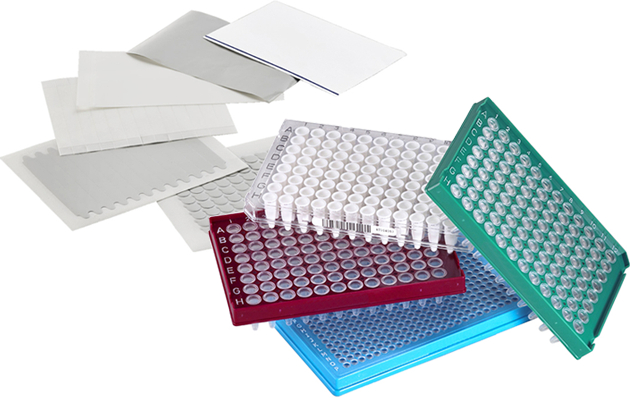
Optically Clear Tissue Culture Plates
Optically Clear Plates: Microplates for High Content Screening & Homogeneous Assays
The Optically Clear Tissue Culture Plate range has been designed for high content screening (HCS) assays in drug development and related areas. It is also suitable for homogeneous assays employing fluorescence intensity, FRET and TR-FRET where measurements are bottom-read. This high quality optical base plate assures the necessary accuracy and consistency for automated high throughput systems, generating optimum signal to noise ratios. Using state-of-the-art manufacturing technology, we have developed a product which offers several key advantages to the end user.
Optically Clear Tissue Culture Plates are our best plates for your most advanced applications. When visualizing fluorescent signals from anything between a single molecule to a whole cell, Optically Clear Tissue Culture Plates will give accurate and consistent results.
Suitable for cell-based high content screening (HCS), confocal microscopy, FRET and homogeneous assays, results show an optimum signal-to-noise ratio and a high consistency essential for automated high throughput. Using state-of-the-art technology, we have developed a product which offers key advantages to the end user.















